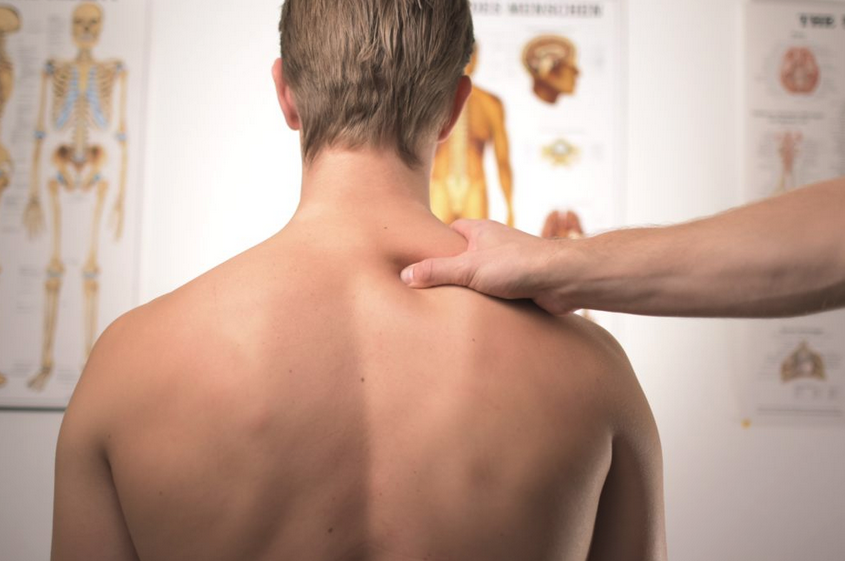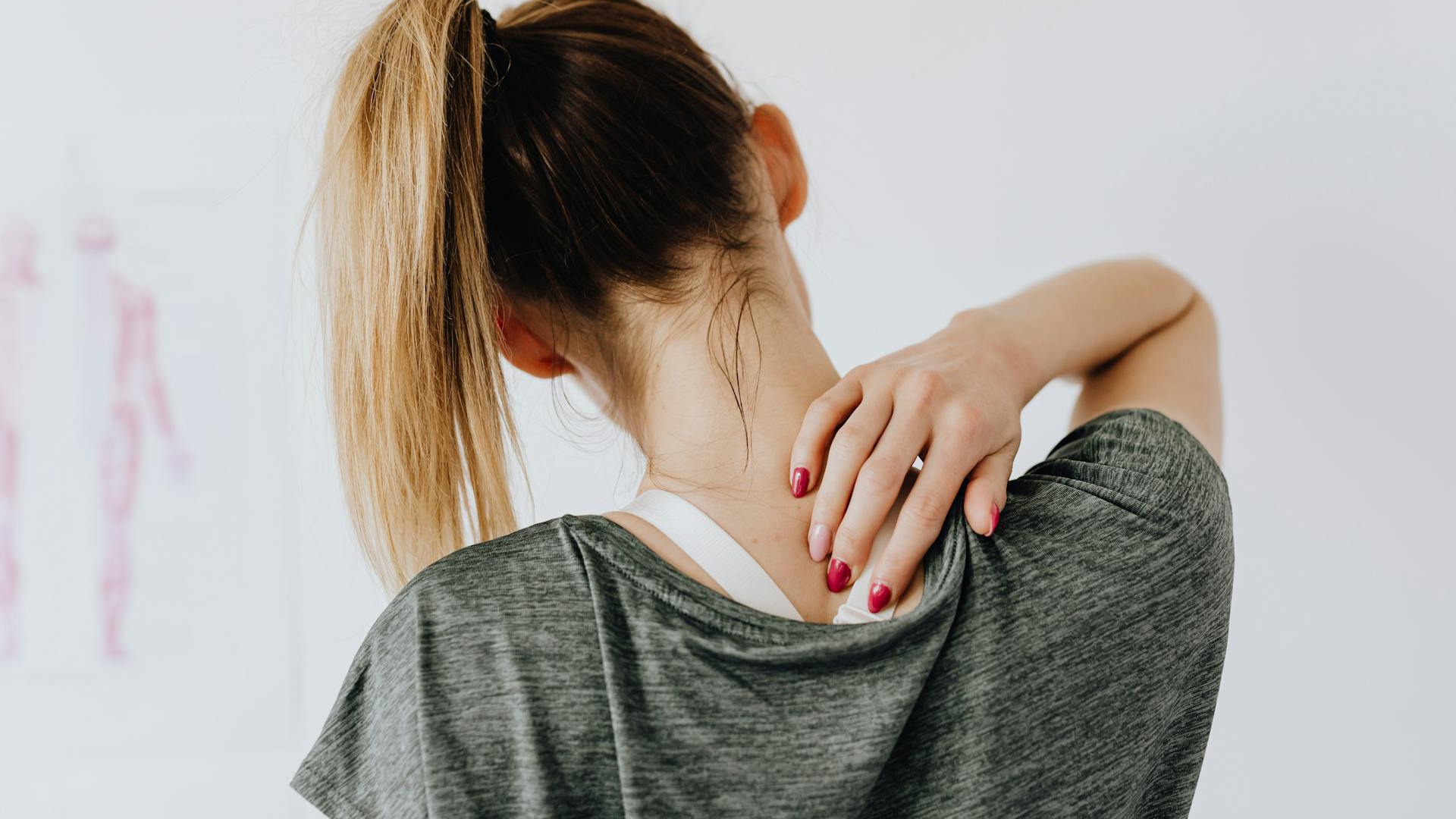Can you imagine a virtual environment that relays touch through tech-smart fabric? Or a personalized massage therapy session delivered remotely, through wearable technology? If so, you might be ready for haptics, the field pushing the envelope on touch technology. Let’s examine haptics, what it says about the physiological benefits of receiving touch, and whether haptics can compare to the benefits of hands-on massage therapy.
What is Haptics?
Haptics, the technology of touch, examines how we can enhance technological interactions through touch. Haptics researchers study the two main aspects of touch–first, tactile components, including contact location, pressure, shear, slip, vibration, and temperature. Second, researchers look at position, orientation, and force, kinesthetic information the brain uses to complete our incredible sense of touch.3
Katherine Kuchenbecker is a mechanical engineer specializing in haptics at the University of Pennsylvania. She describes her field as “interactive touch technology.” In a 2012 TedEd Talk, she explained that haptics requires developers to first measure the motion of someone moving through world. Next, they relay this data into sensations that could be felt in the real world, via “virtual touch.” Dr. Kuchenbecker is developing haptics applications for remotely feeling surfaces, such as old fabric in a museum display that doesn’t allow human touch. She is also using haptics to rehabilitate stroke victims through virtual coaching. Finally, Dr. Kuchenbecker’s team is working with haptics to help dentistry students get a feel for what a diseased or healthy tooth might feel like. Here are a few other haptics inventions you could see in the market soon:
— Fully feeling prosthetic hands.4
–A GPS-enabled, handheld cube that could replace guide dogs by guiding the blind through space.
–A trigger game controller that allows players to feel the tension on a virtual bow, as well as the thunk of your in-game enemy as he falls to the ground.
As they work, haptics researchers have been able to confirm the benefits of receiving touch. For instance, the neuroscientist Edmund Rolls has found that touch activates the brain’s orbitofrontal cortex, leading to increased feelings of reward and compassion. 2 Haptics Dacher Kelter researched “celebratory touches” among basketball players (fist bumps, high fives, etc.) and found teams that touched each other more frequently won more often. As New Yorker writer Adam Gopnik puts it, “Touch lowers stress, builds morale, and produces triumphs—a chest bump instructs us in coöperation, a half-hug in compassion.” Haptics researchers are also verifying what massage therapists experience every day—positive touch can heal.
On the flip side, haptics researchers have also confirmed what happens when people don’t receive positive touch—namely, higher levels of stress hormones. Touch-deprived lab animals have more stress hormones, such as cortisol, racing through their systems.1
Haptics-Inspired Technology Massage Applications
If you’re just starting your career in massage, watch for haptics applications to become more common as you practice. While these applications are far from ready for market, they are likely to become available within the next five to ten years.
—Long-distance Swedish massage. Imagine a massage therapist moving her hands over a motion sensor. Her or his movements are relayed to the client through an extremely sensitive motion-sensor pad.
—A Textile Armband that conveys touch to soothe anxious, lonely individuals. Heather Culbertson’s team at the University of Southern California are developing this wearable haptic technology that uses magnets to mimic human touch.5
No one can say which of these haptic technologies will be incorporated into future massage practices, but what we know for sure is that there’s something irreplaceable about human contact. As haptics researchers have confirmed, human touch lowers stress, builds morale, speeds health, and increases compassion. Massage therapists already have all the healing technology they need; namely, their hands, their ability to engage in critical thinking, their expertise, and their compassionate kindness.
Enjoy the multifold benefits of touch at massage schools in Portland, such as the East West College massage clinic. Visit OurMassageClinic.com today to schedule a 45-minute student massage ($30). And if the idea of healing through touch fascinates you, as it does many haptics researchers, get in touch with the admissions department of our Oregon massage school. They can help you decide if a career in massage therapy is right for you.
Sources:
1 Brownlee CL. The Magic (and Science) of Massage. Today’s Chemist at Work. June 2002. https://pubs.acs.org/subscribe/archive/tcaw/11/i06/toc/toc_i06.html#dept. Accessed August 8, 2018.
2 Keltner D. Hands on Research: The Science of Touch. https://psychologyofwellbeing.com/201011/the-science-of-touch.html. Accessed August 8, 2018.
3 Kuchenbecker K. The Technology of Touch. November 2012. https://www.ted.com/talks/katherine_kuchenbecker_the_technology_of_touch#t-65168. Accessed August 9, 2018.
4 Gopnik A. Feel Me. The New Yorker. 2016; (May issue). Available at https://www.newyorker.com/magazine/2016/05/16/what-the-science-of-touch-says-about-us. Accessed September 6, 2018.
5 Dawson C. Armband Developed at USC Mimics a Person’s Touch. USC News. July 6, 2018. Available at https://news.usc.edu/144874/armband-developed-at-usc-mimics-a-human-touch/. Accessed September 6, 2018.




